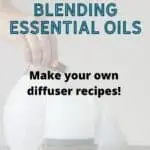Blending essential oils 101
When a person is introduced to the world of essential oils, they usually start with single oils like lavender essential oil and peppermint or with ready-made blends like Young Living Purification oil or Young Living Stress Away Essential oil. Later, when you begin enjoying these oils' benefits, you become curious about using different oils together.
But blending essential oils can be intimidating if you haven't done it before. Your mind will be filled with questions like – Can you mix essential oils? Which oils go well together? How much of each oil should I use? What essential oil blends well?
Creating your own essential oil blends can be a satisfying experience. Read on as we teach you how to mix essential oils to create unique scents. Trust me, although we could get pretty scientific with this we are going to keep it easy to understand and something any new essential oil lover can do with confidence.
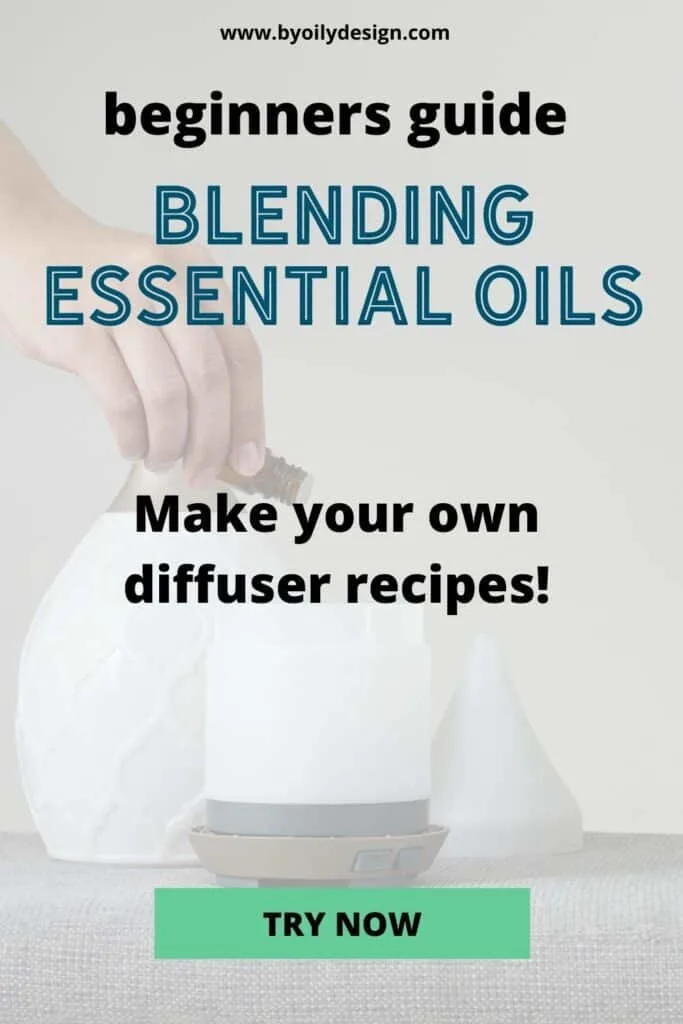
*This post contains affiliate links to the essential oils and other products I talk about in the post. Purchasing from the links here on my blog is no extra cost to you. As an Amazon Associate, I earn from qualifying purchases.
What is an essential oil blend?
Essential oil blends are mixtures of two or more individual essential oils that help you achieve more well-rounded benefits and more complex fragrances.
Each essential oil has its unique qualities. For example, lavender oil can help you relax after a stressful day at work, and lemon essential oil can refresh you and brighten up your mood. You can mix these essential oils to create an oil blend that helps you achieve your goal better.
I need to first state that using pure essential oils like the oils from Young Living is important for creating an essential oil blend. Using undiluted essential oils is a good rule of thumb to follow so that your blend is not affected by unwanted fillers that may have been added to cheaper low-quality oils.
Why should you blend essential oils?
Essential oils work much better when they are mixed with other essential oils. Each essential oil is made up of many compounds, which give it its unique beneficial properties. Each of these essential oils also has some weaker components, which can trigger adverse reactions or side effects. When different oils are blended, they can balance out the other oil's weaker elements and side effects. You can diffuse essential oil blends to help you relax and sleep better, boost your energy levels, improve your focus, or add a pleasant fragrance to your home.
Before you learn how to make your own essential oil blends, you should have a basic understanding of the three notes that create a balanced scent.
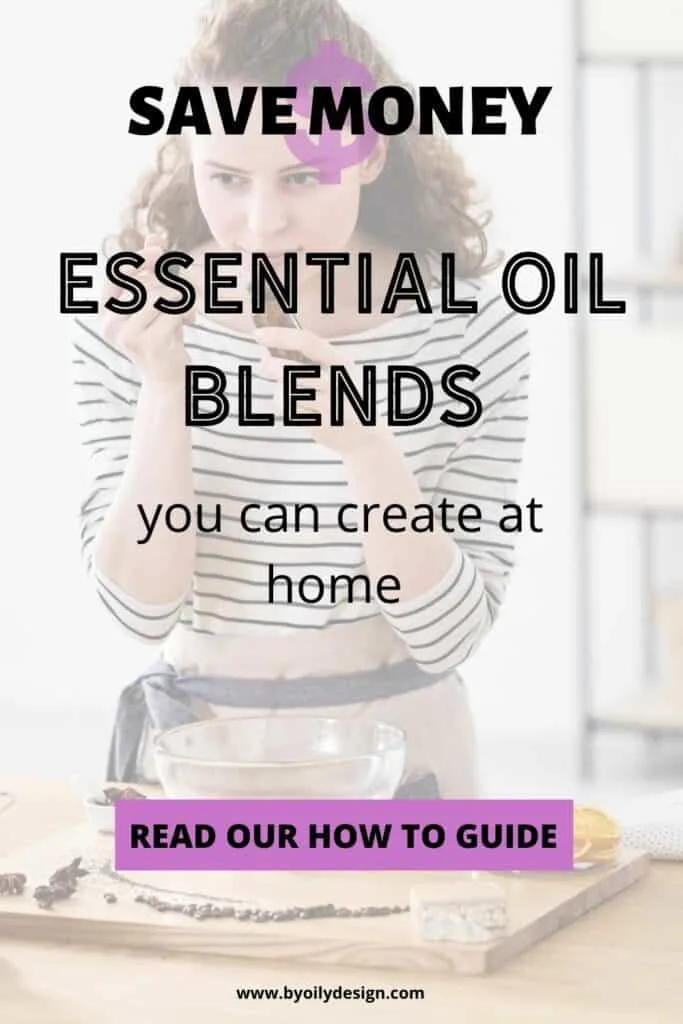
Essential oil Notes
You may notice that your essential oil blend smells different after a few days of its creation. This happens because some essential oils evaporate faster than others. The essential oils that are the quickest to evaporate are called the top notes. The essential oils that have an evaporation rate within two to four hours are called the middle notes. The oils that are the slowest to evaporate and whose scent hangs around for a longer period of time are called the base notes.
The blends that contain a balance of all three notes are the best.
Top note essential oils
Top notes are light and have a mild fragrance. You may notice these notes first in a blend. They are considered uplifting and fresh. From looking at the list below you see it's made of mostly citrus oils. Top note oils will make 10 to 20% of the blend. These include –
- Bergamot
- Citronella
- Eucalyptus
- Grapefruit
- Lavender
- Lemon
- Lemongrass
- Lime
- Orange
- Peppermint
- Spearmint
- Tangerine
Middle note essential oils
Though the middle note oils are the predominant oils in your blend, they have a soft fragrance. These oils provide the foundation to the blend. They enhance the properties of the top and base oil. They constitute 60 to 80% of the blend. The essential oil middle notes include –
- Carrot seed
- Chamomile
- Cinnamon
- Clary sage
- Cypress
- Dill
- Fennel
- Geranium
- Jasmine
- Marjoram
- Neroli
- Palmarosa
- Rose
- Rosemary
- Rosewood
- Spruce
- Teatree
- Thyme
- Ylang ylang
Base note essential oils
Base note essential oils are strong and long-lasting. They provide a solid foundation to your blend and constitute 10% to 20% of the blend. They are intense, rich, grounding, and relaxing. Base note oils include-
- Angelica Root
- Balsam
- Cedarwood
- Frankincense
- Ginger
- Helichrysum
- Myrrh
- Patchouli
- Sandalwood
- Vanilla
- Vetiver
When creating your own essential oil blends, you should aim to balance these three different notes. They don't have to be in equal proportion, but you have to mix them in proportions so that no single essential oil is overpowering over the others.
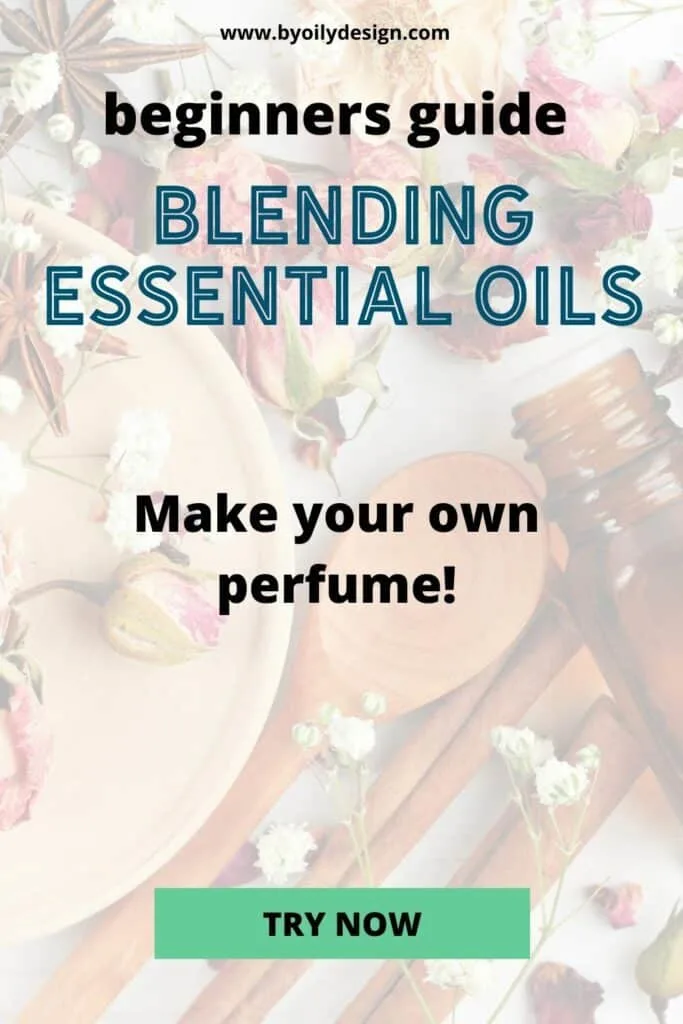
Essential oils fragrance types
You can also group essential oils into similar smelling scent types. Some of these oils can fit into more than one category. You can use these oil categories to help you make DIY essential oil blends using your favorite essential oils.
Flowery – Lavender, Jasmine, Geranium, Palmarosa, Rose, Ylang Ylang, Vanilla
Herbaceous –Basil, Oregano, Chamomile, Clary Sage, Eucalyptus, Marjoram, Tea tree
Spicy – Black Pepper, Nutmeg, Ginger, Clove, Cinnamon
Woody oils – Cedarwood, Juniper, Sandalwood, Fir, Myrrh, Patchouli, Cypress, Frankincense, Helichrysum, vetiver
Citrus – Lemon, lemongrass, Lime, Orange, Bergamot, Citronella, Grapefruit, Tangerine, Melissa, Neroli
Which essential oils blend well together?
The essential oils in the same category blend well together. You can also mix oils from different scent type categories to create blends.
Floral essential oils blend well with woodsy, citrus, and spicy oils. Spicy oils blend well with citrus and floral oils. Woodsy oils blend well with all categories.
Some of the classic combinations include –
- Lavender and peppermint
- Frankincense and cedarwood
- Cinnamon bark and orange
- Rosemary and Eucalyptus Radiata
- Lemon oil and thieves essential oil

How to make your own essential oil blend?
There are no set rules for making DIY essential oil blends. It basically depends on your preference. However, if you are new to mixing oils, here are a few basic guidelines for you to follow as you begin to create your favorite blend– Check out my Essential Oil Journal for more in-depth charts on blending oils
1. Think about which fragrances you enjoy. Do you like the scent of flowers, or are citrus aromas more your style?
2. Pick one essential oil of your choice from the top, middle, and base note category.
3. When creating an essential oil blend, work with ten drops of essential oils at a time. Essential oils are expensive, and you do want to make a large batch, which you end up hating.
4. A 10-drop formulation can easily be converted into percentages.
5. Start by adding one to three drops of a base note oil in your blending vessel.
6. Next, add two to four drops of one or two kinds of middle note oils. These oils will make the body of your blend.
7. Finally, add three to four drops of the top note oils of your choice. These oils will create the first impression of your oil blend.
8. Now, put a drop of your blend on a cotton ball and inhale to see how you like it.
9. If some of the oil that you like is not as strong as you would like it to be, you can add a few more drops of that oil.
10. Test the blend again the next day to see if you want to make any further changes.
Some other essential oils blending tips
1. Always label the bottles in which you store your blends to remember which oils are in them.
2. Follow all safety precautions when you are trying your blending experiments. Avoid any essential oils that can cause skin irritation.
3. Store blends in dark-colored glass bottles.
4. You should add carrier oils to your blend after you have finalized your blend. This way, you will not end up wasting any carrier oil. some favorite carrier oils for blending are sweet almond oil and jojoba oil because the carrier oil doesn't have a strong scent of it's own giving you better results for your aromatic blend.
5. Note all the details of your blend, including the number of drops of each oil used in a diary. It is easy to forget the blend's exact recipe, and even one or two extra drops can change the aroma. Check out our Essential Oil Journal, It helps walk you through blending essential oils and then gives you space to record the perfect essential oil blend you created.
6. After creating a blend, you must let it sit for a few days before deciding whether you love it or hate it.
7. Take the essential oil that you have chosen for your blend and take off the bottles' caps. Hold them together and wave them under your nose. This will give you a preview of the scent you are about to create.
8. If you need to clear your olfactory palate while blending oils, you can smell some coffee beans.
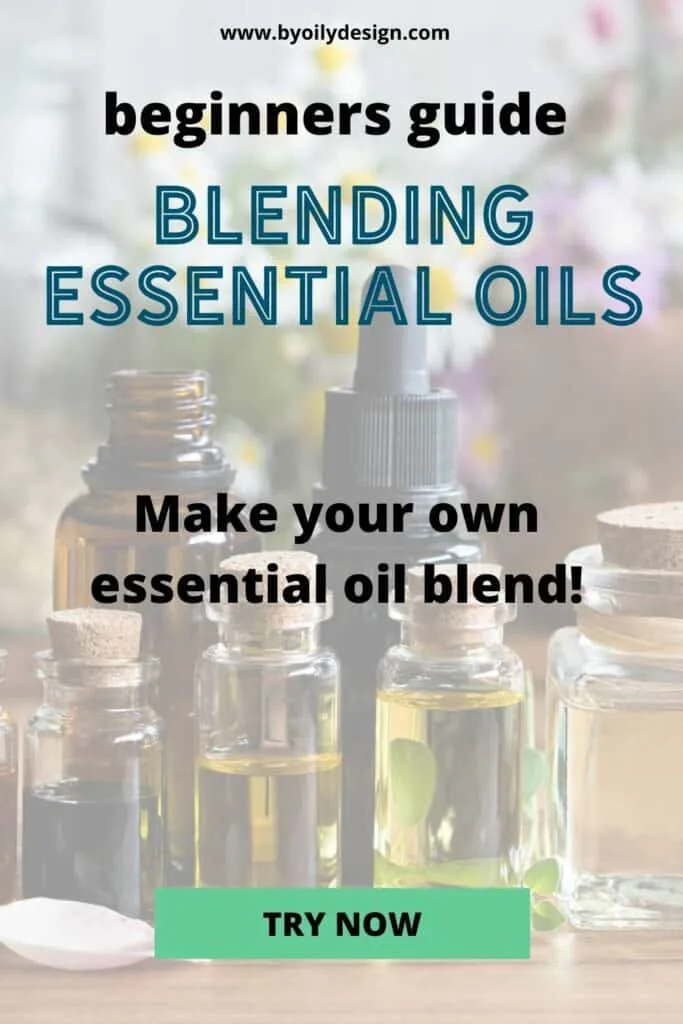
How do you mix essential oils for fragrance?
If you are blending essential oils for their fragrance, citrus, woody, and floral oils would be perfect for you. Essential oils like jasmine, neroli, patchouli, rose, sandalwood, and ylang-ylang have been used for centuries to make perfumes. You can also create your own fragrant blend with a bit of experimentation. Try this recipe below as a good starting point to try your hand at the art of perfumery.
To make a floral blend, you need –
- 5 Drops sweet orange oil
- 2 Drops lime oil
- 2 drops jasmine oil
- 1 drop vanilla oil
I like to store my favorite perfume blends in roller bottles so they are easy to apply to pulse points. I have quite the collection of them so remember to always label each bottle and record your recipe so you can continue to create the right balance over and over again.
How many essential oils can be mixed together?
You can use two to five oils to create essential oil blends. You can achieve the best synergistic blend by mixing up to five oils together. The success of your blend also depends on which oils you choose to blend. There is a lot of science in the art of blending essential oils based on their synergy and so we will save that for another blog post in the future.
How many drops of your DIY essential oil blend can you use in a diffuser?
The answer to this question depends on factors like the room's size and whether you have pets or children in your home.
- Use fewer drops if you have pets and/or small children in your home.
- You will have to use more drops for a larger room and fewer drops for a smaller space.
- If your blend contains strong oils like ylang-ylang or vetiver, use fewer drops.
Check out our recipe book of favorite essential oil diffuser blend recipes. It will take out the guesswork of what essential oil blends well with another.
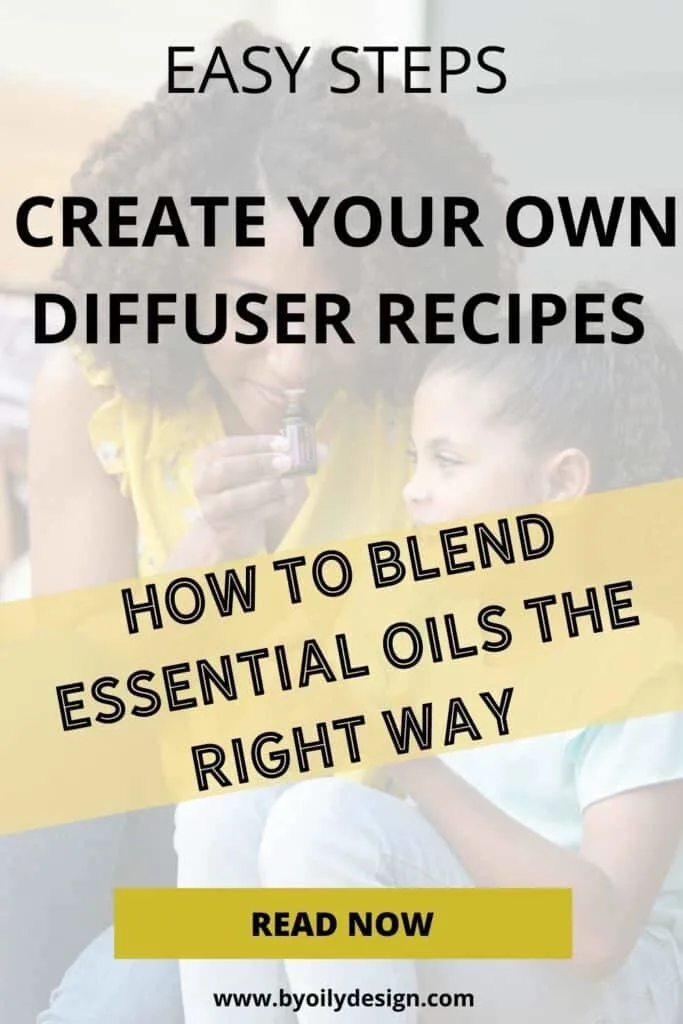
Final thoughts
When it comes to blending essential oils, there are no set rules. The best blends for you all boil down to your personal preferences. There are endless options and combinations to try. just think about all the different essential oils in your personal collection of essential oils and used them as starting points. Do not be afraid to tweak the formulation if you don't like the final aroma. Aromatic notes can be adjusted by just a few drops of oil. Remember to have fun while you make your own essential oils blends.

